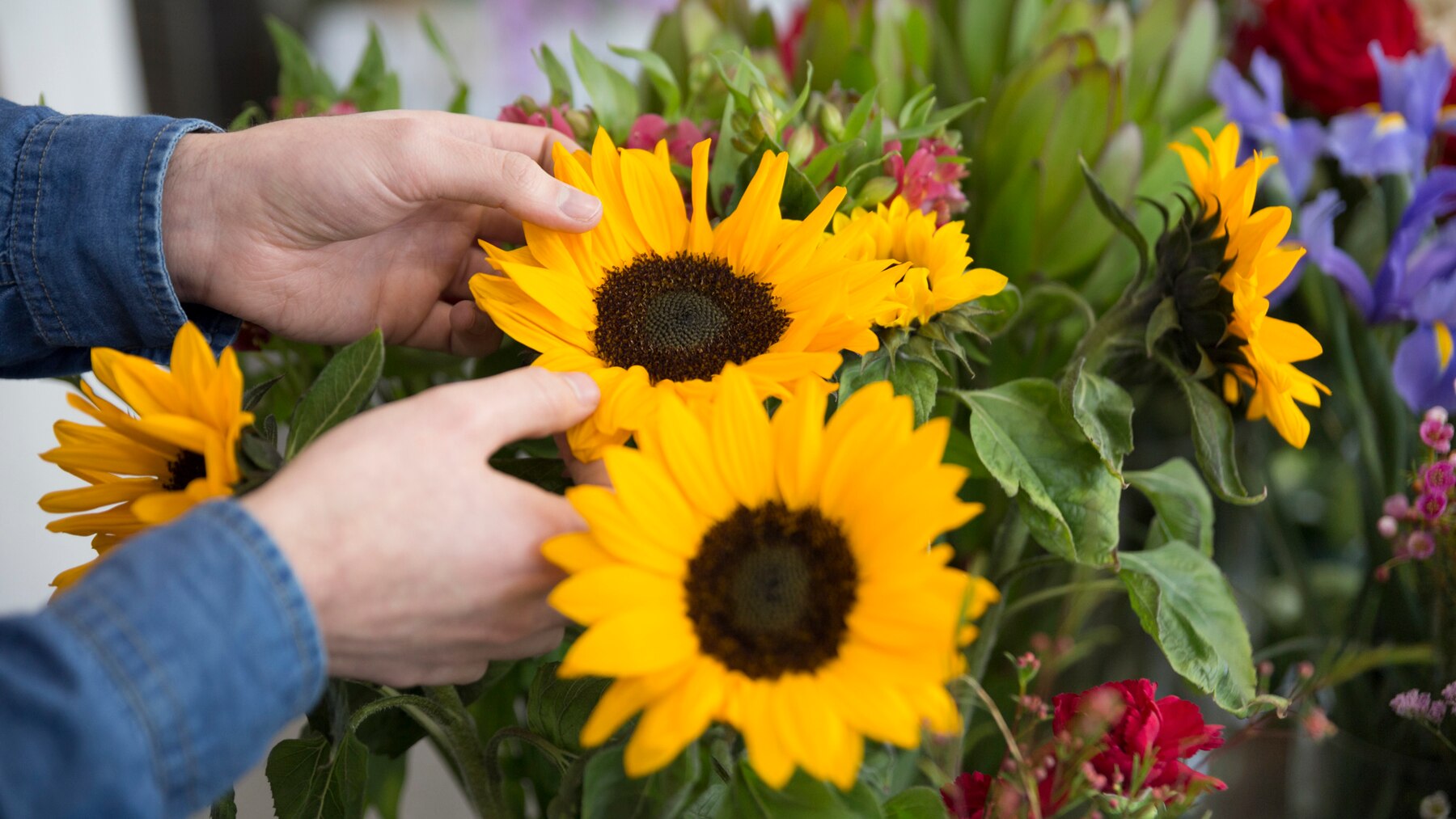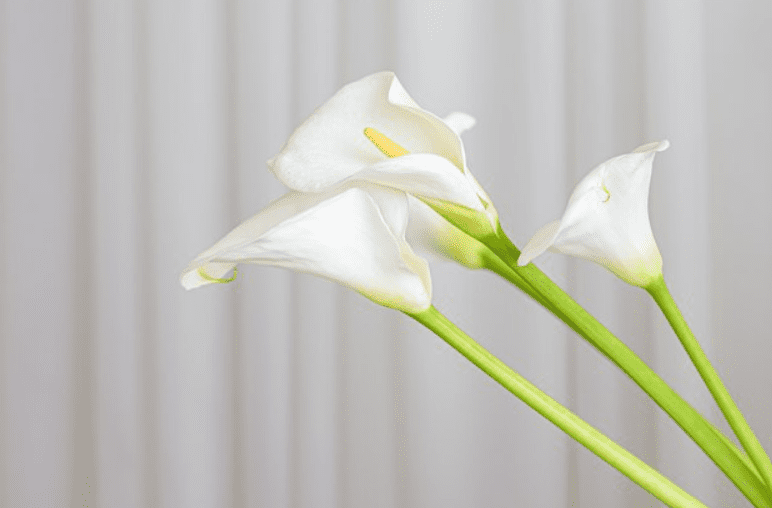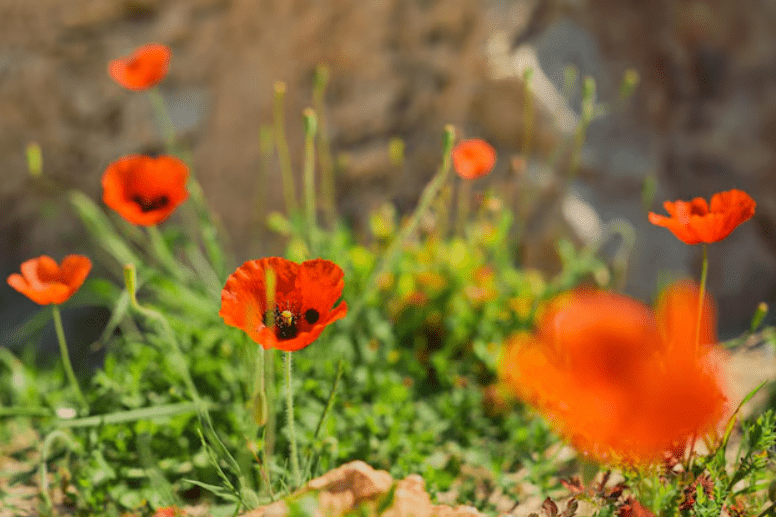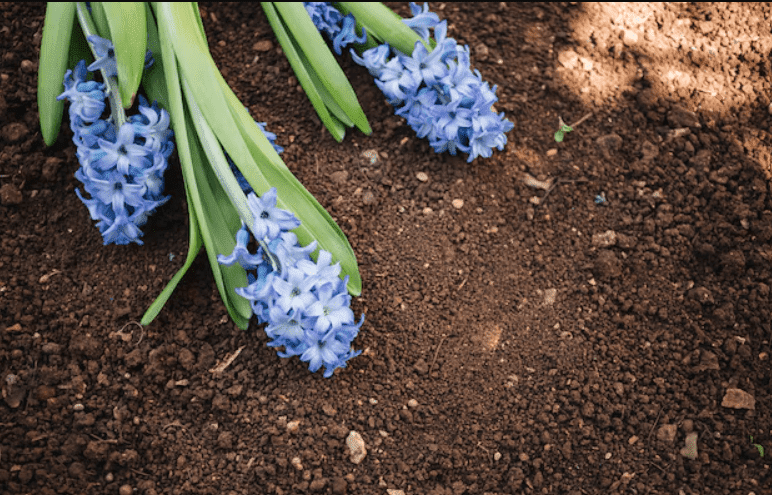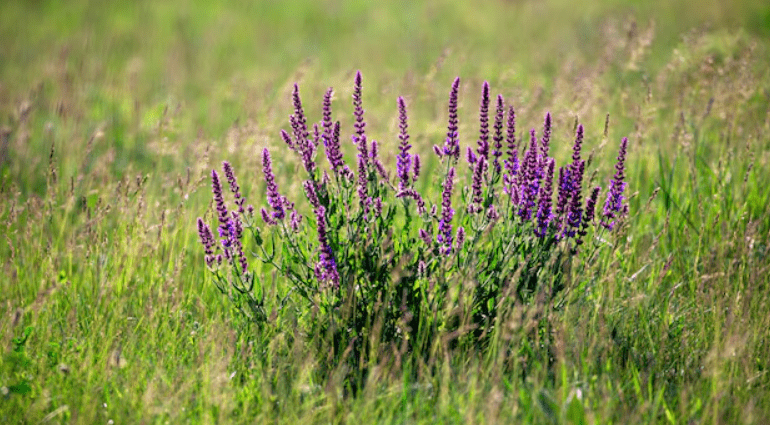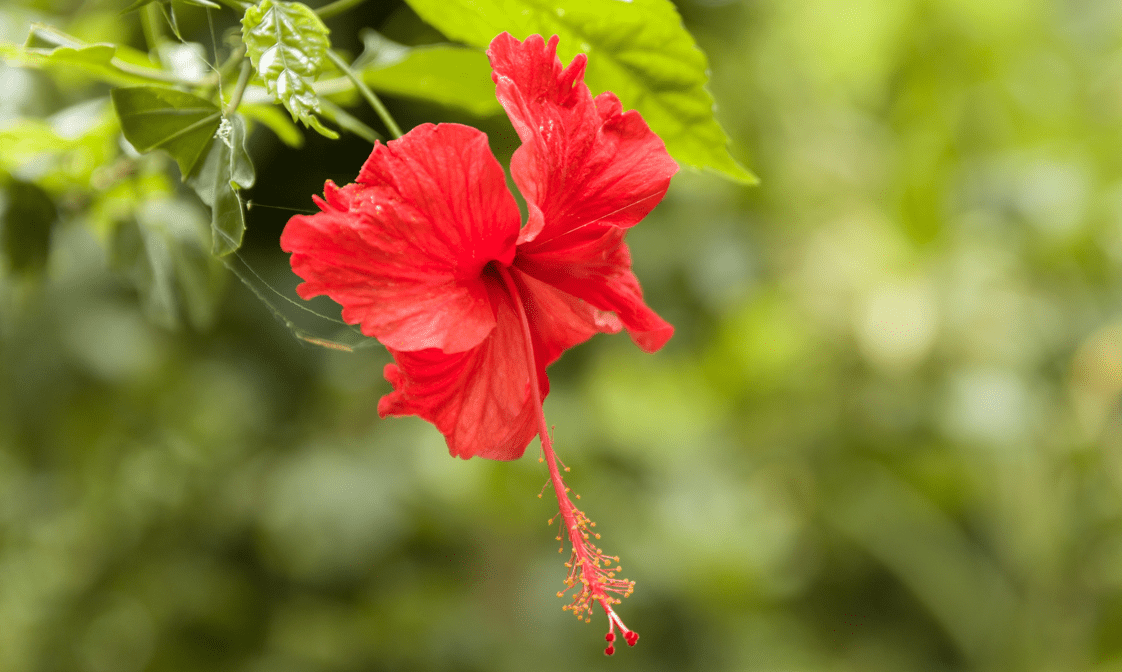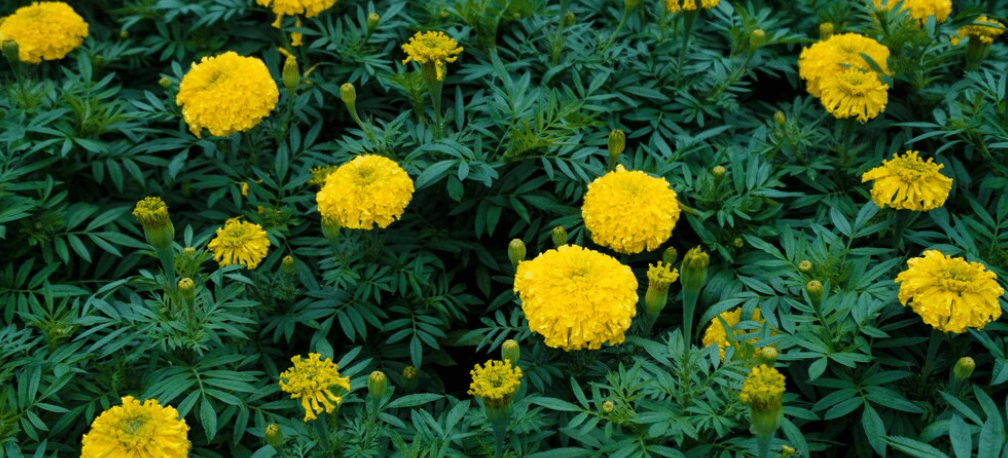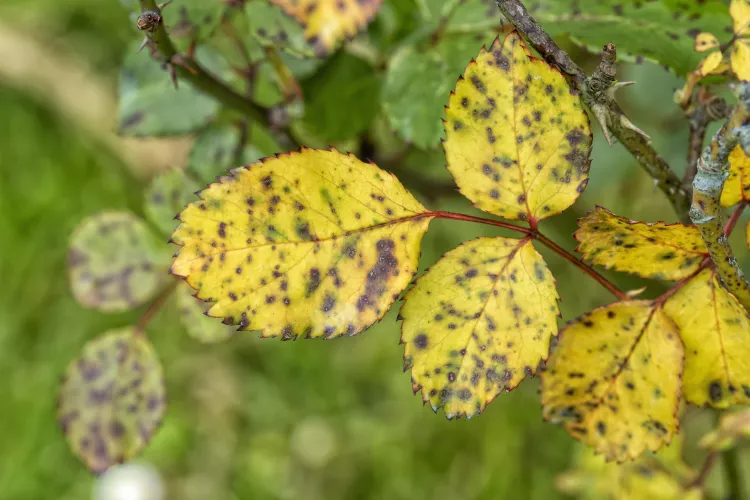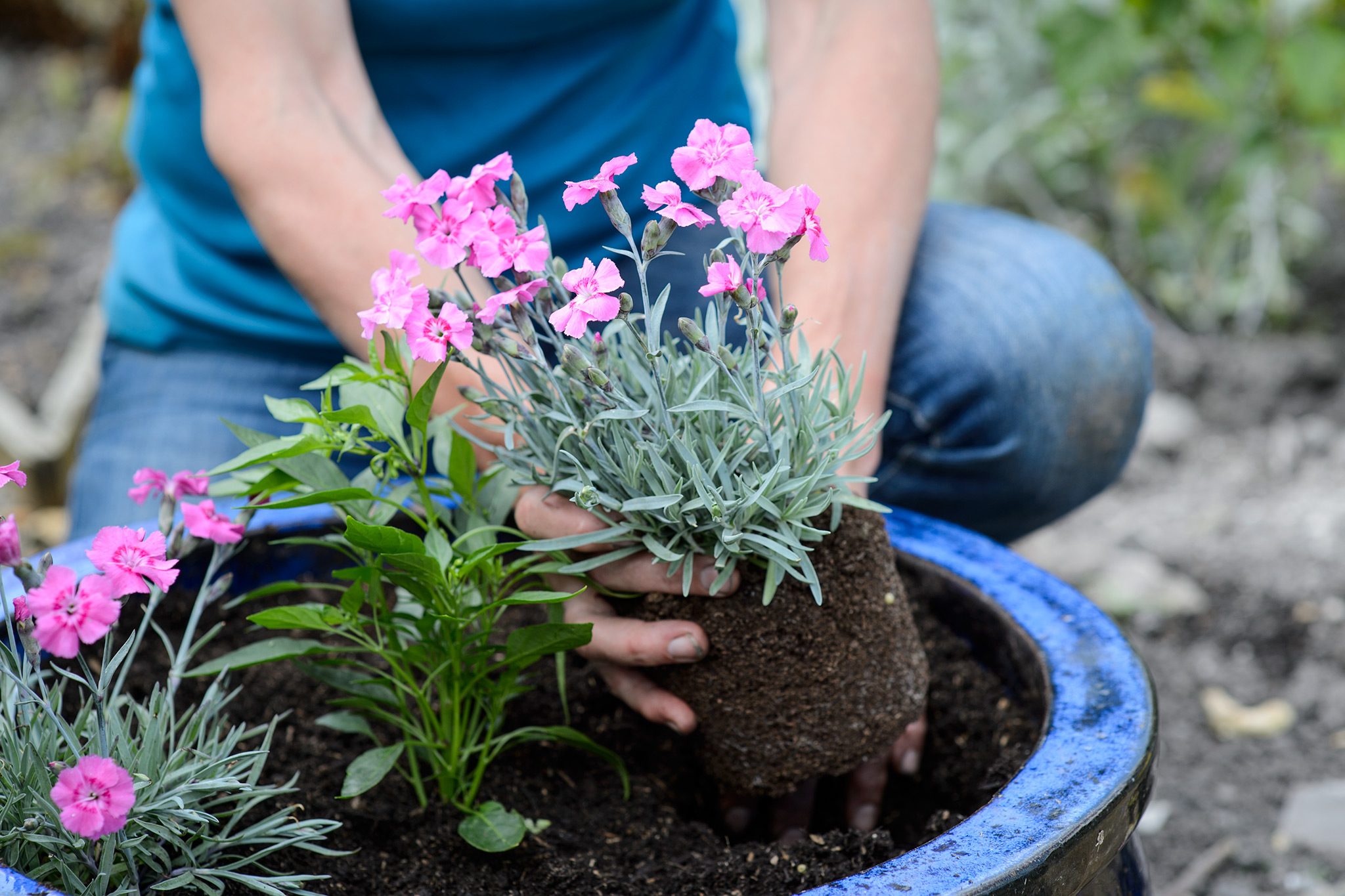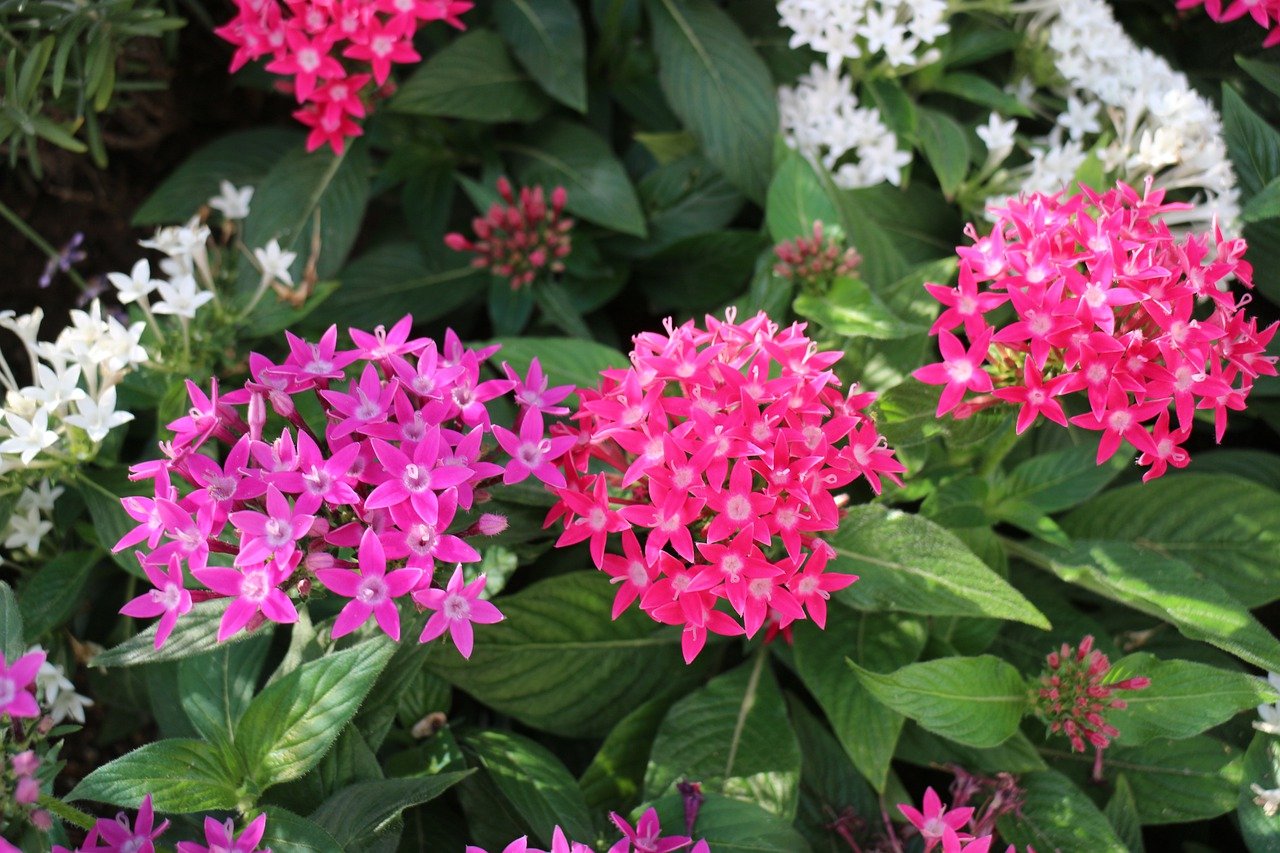If you want to grow something truly eye-catching, sunflowers are a fantastic choice. They come in a wide variety of sizes, from compact types to towering giants, and beyond the classic golden-yellow petals, you’ll also find sunflowers in shades of red, orange, and even white. Planting sunflowers (Helianthus annuus) is an excellent way to spark children’s interest in gardening, and they’re a great addition to gardens that support local wildlife.
Table of Contents
ToggleTop Sunflower Varieties to Grow.
With over seventy sunflower types, there’s something for every garden. Some mini varieties stay under 50cm (20in) tall, while others can soar past 3 meters (10 feet). Here are a few standout picks:
Giant Sunflowers
Sunflower ‘Russian Giant’ – Reaches up to 3m (10ft) tall with bold, golden-yellow blooms that make a striking statement.
Tall Sunflowers
Sunflower ‘Velvet Queen’ – Grows to about 1.8m (6ft) and features rich, dark red petals for a bold, elegant look.
Sunflower ‘Earth Walker’ stands at 1.8m (6ft) and showcases warm tones of bronze, orange, and yellow.
Sunflower ‘Red Sun’ – Hits 1.8m (6ft) with intense red petals and nearly black centers for extra drama.
Sunflower ‘Valentine’ – Grows to around 1.5m (5ft) tall, producing soft yellow flowers with a delicate appearance.
Dwarf Sunflowers
Sunflower ‘Teddy Bear’ – Compact at just 50cm (20in), this variety offers fluffy, double-yellow blooms that resemble pompoms.
Sunflower ‘Dwarf Yellow Spray’ – Bushy and full, these plants grow to 60cm (2ft) and are covered in cheerful yellow flowers.
Essential Sunflower Growing Equipment You Need
Here’s what you’ll need to grow sunflowers in your garden successfully:
- Sunflower seeds
- Rake – for preparing the soil
- Trowel – to dig small planting holes
- Pots – for starting seeds indoors
- Multipurpose compost
- Clear plastic bags or a propagator – to help seeds germinate in the early stages
When to Plant Sunflowers
The first step in learning how to grow sunflowers is when to plant them. Start your sunflower journey indoors in April by sowing seeds in pots, and move them outdoors in May when the danger of frost has passed. This method sets you up for a stunning summer display.
Here’s how to sow sunflower seeds indoors:
- Fill small pots with quality multipurpose compost.
- Plant one seed per pot, about 1.5cm deep.
- Water gently and cover each pot with a clear plastic bag.
- Place the pots in a bright, cool area like a windowsill that gets indirect sunlight.
- Once the seeds sprout, remove the plastic bags and keep the compost slightly moist.
- For two weeks before transplanting, begin hardening them off by placing the pots outside during the day and bringing them in at night.
- Before planting outdoors, remove any weeds and enrich the soil with compost or well-rotted manure.
- Set each plant 45cm (18in) apart.
- Give them a thorough watering after planting.
If you prefer direct sowing, You can plant sunflower seeds straight into the ground in late May. Here’s how:
- Clear the area of weeds and work in lots of compost or rotted manure.
- Rake the surface until it’s even and crumbly.
- Sow seeds 1.5cm deep and 10cm apart, then water well.
- Once seedlings emerge, thin them to 45cm apart to give each one room to thrive.
Where to Grow Sunflowers
Sunflowers thrive best with two key ingredients: rich soil and plenty of sunlight. Once you’ve got those covered, the planting possibilities are endless.
Grow compact varieties in pots to add a splash of color to patios or balconies which is perfect for recreating a ‘Van Gogh’-inspired scene. If you’ve got more room, line a garden path with tall sunflowers to create a striking natural walkway. Or plant them in dense clusters within your borders for a bold and beautiful summer display.
How to Grow Sunflowers for Picking
If you’re growing sunflowers for cutting and floral arrangements, aim for bushy plants with multiple blooms. To promote branching, pinch out the growing tips. This simple step prompts the plant to produce more side shoots, each carrying its own flower.
For tall varieties, wait until the plants are about 20cm (8in) high before pinching the tips.
For dwarf types, start earlier and cut them back when they’re 10–15cm (4–6in) tall, leaving just two sets of leaves on the stem. Once they’ve grown another 7–10cm (3–4in), repeat the pinching to keep them compact and full of flowers.
How to Care for Sunflowers
Follow these simple steps to keep your sunflowers healthy and thriving:
- Stake tall varieties as they grow to prevent them from bending or snapping in the wind.
- Once blooms start to form, feed weekly with a high-potassium fertilizer. Tomato feed works perfectly.
- Water consistently, especially during dry spells. Tall sunflowers are prone to wilting and don’t bounce back easily once they dry out.
- After flowering, leave the seed heads on the plant to provide a tasty treat for birds like finches and sparrows.
- In late autumn, once the plants have finished their job, pull them up and compost them to enrich your garden soil.
How to Collect Sunflower Seeds
When the petals begin to fall, it’s a sign that your sunflower seeds are almost ready for harvesting. To keep birds from helping themselves too early, you might need to cover the flower heads with netting.
- Cut off the flower heads, leaving a long portion of the stem attached.
- Slip paper bags over the heads and hang them upside down in a warm and airy space for a few weeks to dry.
- Once fully dry, remove the seeds by rubbing the flower heads.
- Alternatively, leave the heads on the plants for birds like finches and sparrows to enjoy.
- Store collected seeds in an airtight container to keep them fresh.
If you’ve never grown sunflowers, this is the perfect time to give it a go. With such a wide range of stunning varieties, the hardest part is deciding which one to plant!
Facts About Sunflowers
- The tallest sunflower ever recorded was cultivated in Germany in 2014 and reached a height of 9.17m (30ft).
- A sunflower’s central disc is made up of many tiny individual flowers, while the outer petals attract pollinators.
- Sunflowers are heliotropic in their early stages—they follow the sun across the sky to maximize light exposure. Mature sunflowers, however, stop tracking the sun as their heads become too heavy.
- If not pollinated by insects, sunflowers can self-pollinate. Each tiny flower in the center can bend its stigma to touch its anther, enabling seed development.
Common Pests and Diseases
Yellowing Leaves (Sclerotinia Disease):
Caused by a soil-borne fungus.
Symptoms include yellowing leaves, wilting, rotting stems near the base, white fluffy growth, and black seed-like structures.
Prevention and Control:
- Remove and destroy infected plants immediately. Don’t compost them, as it spreads the disease.
- No chemical treatments are currently available.
Slugs and Snails:
Target young sunflower seedlings.
Identified by slime trails and chewed leaves.
Prevention and Control:
- Start seeds in pots that are out of reach of pests.
- Inspect plants at night and remove slugs and snails by hand.
- Surround plants with crushed eggshells or gritty material as a barrier.
- Use eco-friendly slug pellets if the infestation persists.

